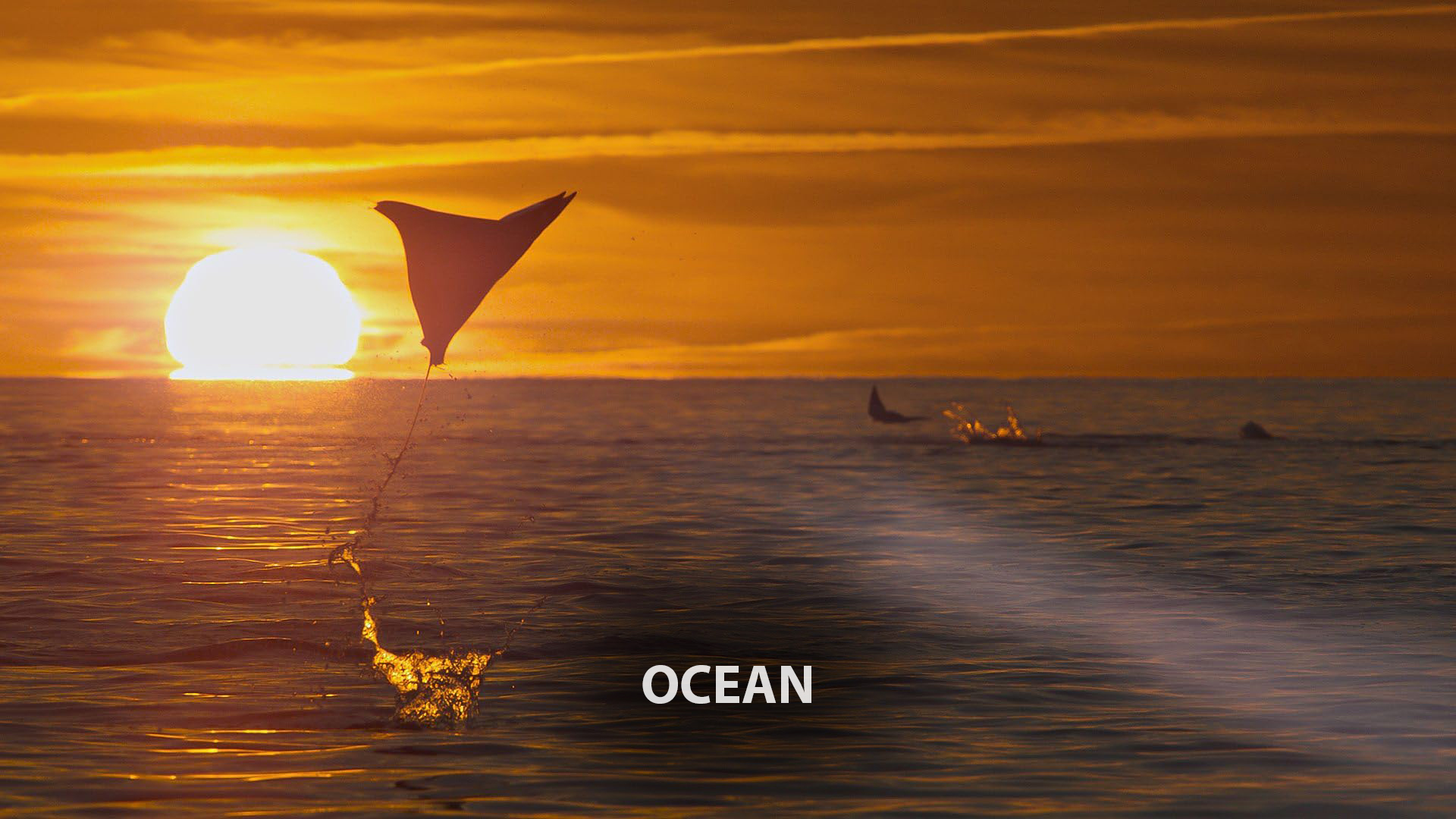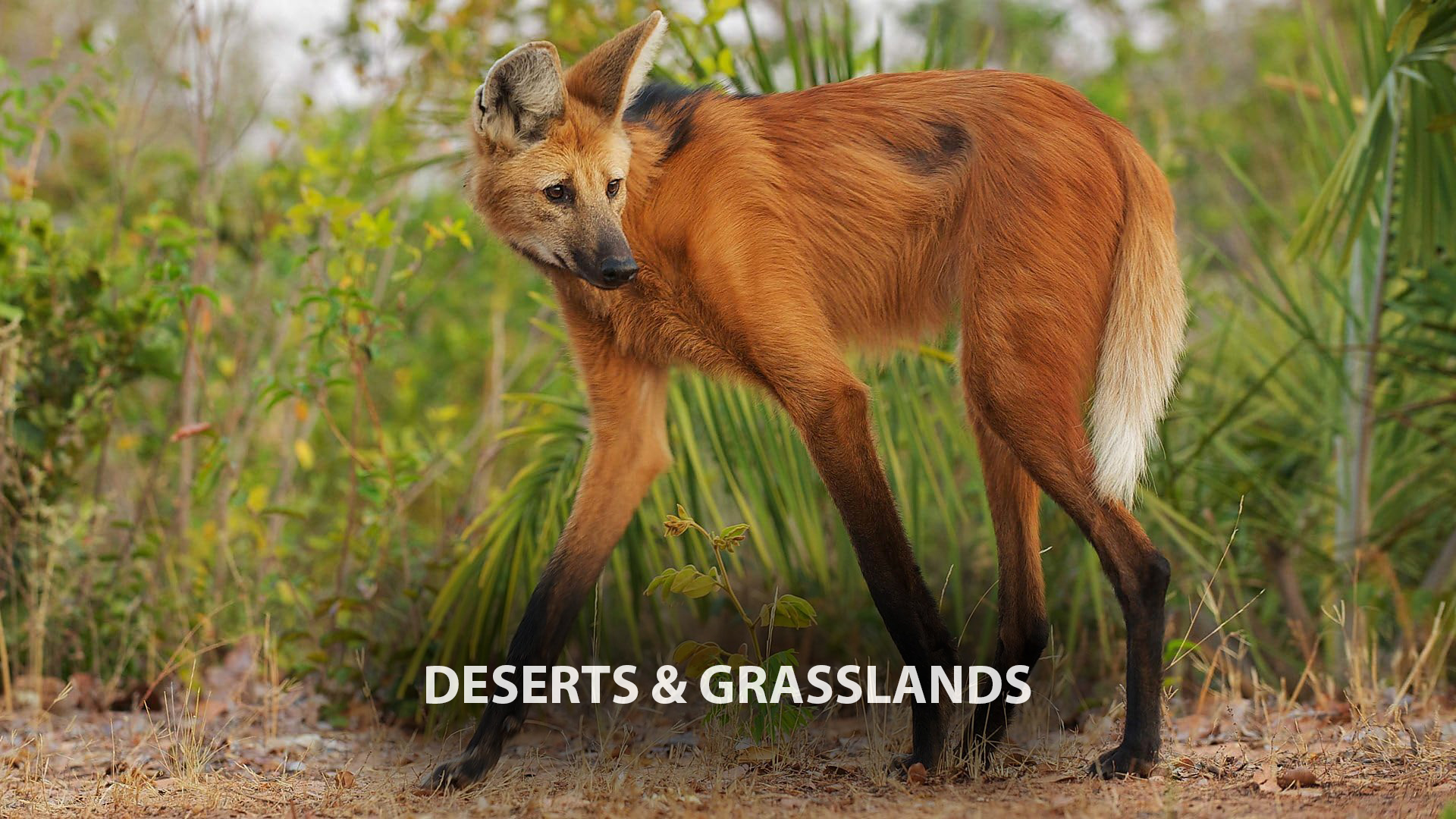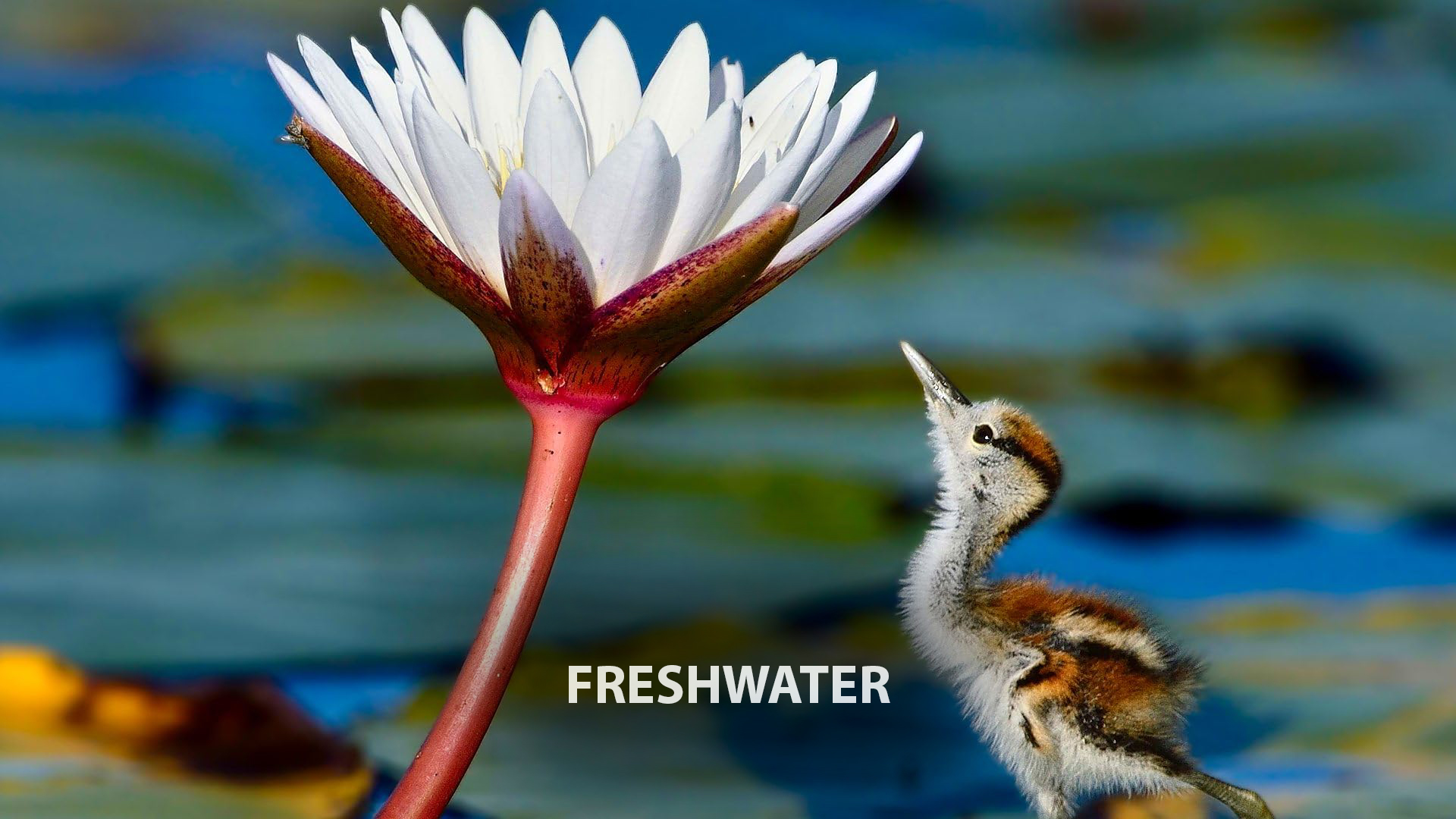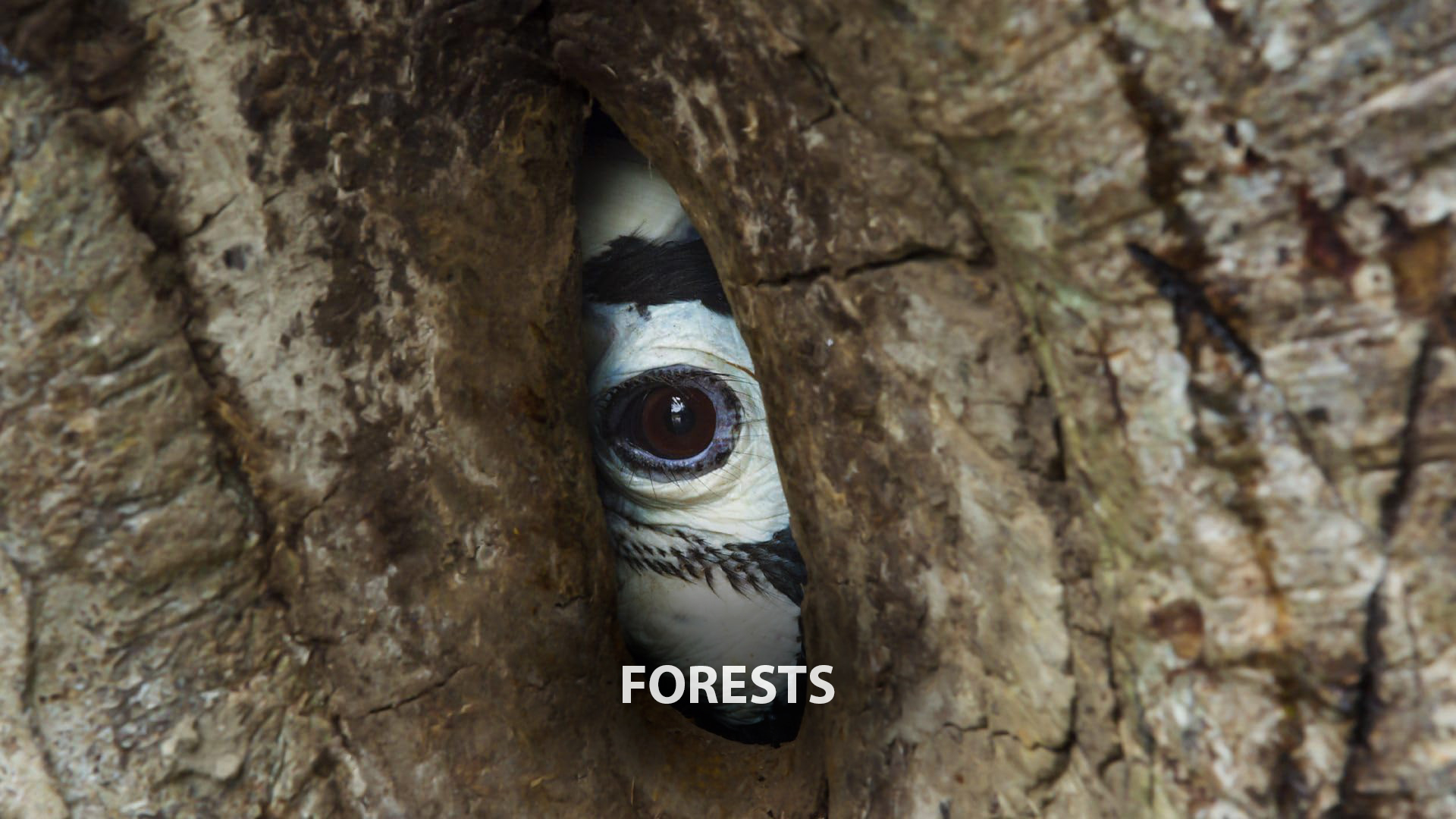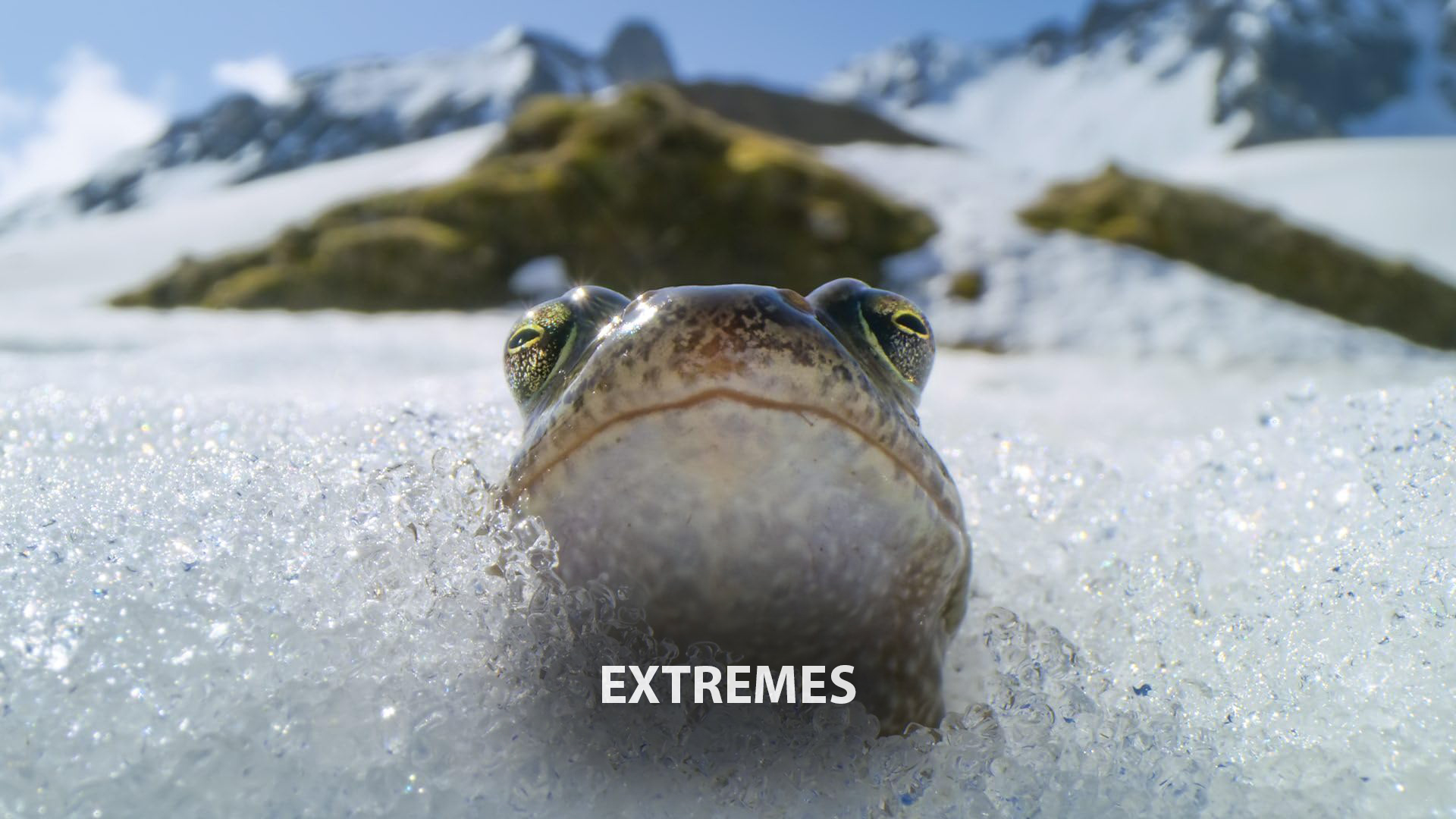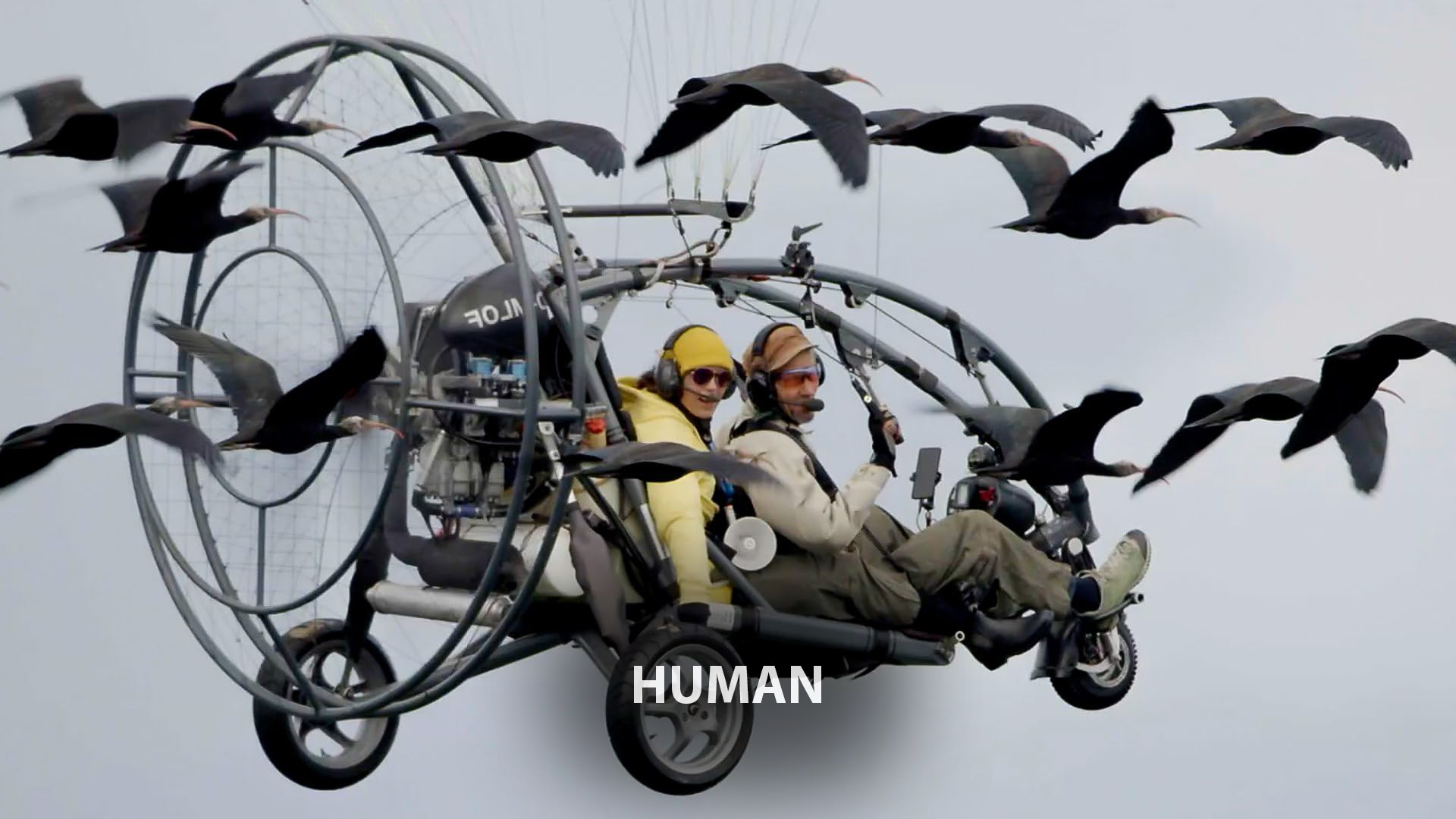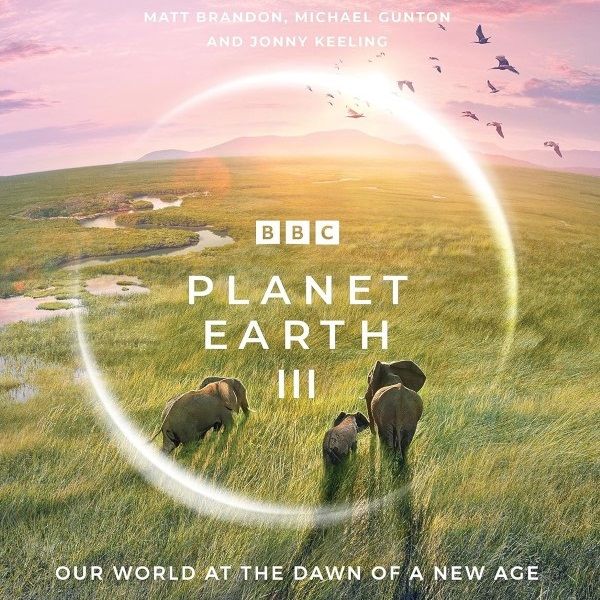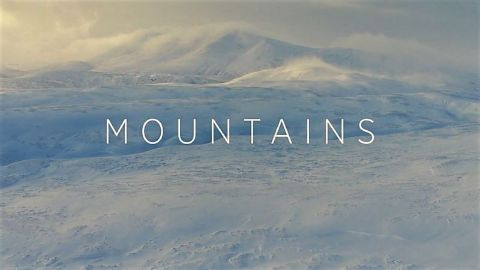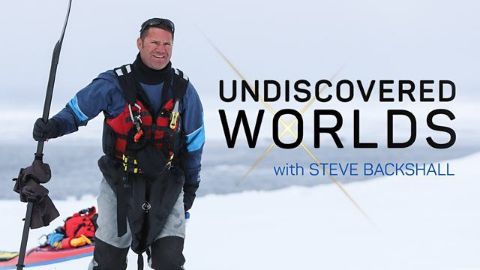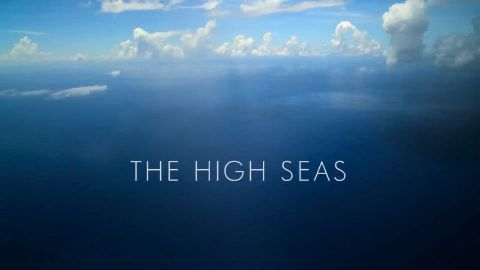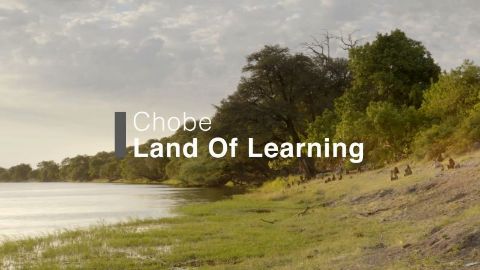Forests • 2023 • episode "S1E5" • Planet Earth III
David Attenborough journeys into the hidden world of forests, from the temperate rainforests of Canada, where rarely seen spirit bears fish for salmon, to the teak forests of India, where whistling wild dogs work together to bring down prey three times their size. In the misty mountainous forests of China, male tragopan have developed a comical dance routine, whilst in the dense tropical rainforest, treehoppers form surprising alliances to fight off assassin bugs and oriental pied hornbills go to incredible lengths to protect their young.
Make a donation
Buy a brother a hot coffee? Or a cold beer?
Hope you're finding these documentaries fascinating and eye-opening. It's just me, working hard behind the scenes to bring you this enriching content.
Running and maintaining a website like this takes time and resources. That's why I'm reaching out to you. If you appreciate what I do and would like to support my efforts, would you consider "buying me a coffee"?
Donation addresses
BTC: bc1q8ldskxh4x9qnddhcrgcun8rtvddeldm2a07r2v
ETH: 0x5CCAAA1afc5c5D814129d99277dDb5A979672116
With your donation through , you can show your appreciation and help me keep this project going. Every contribution, no matter how small, makes a significant impact. It goes directly towards covering server costs.

